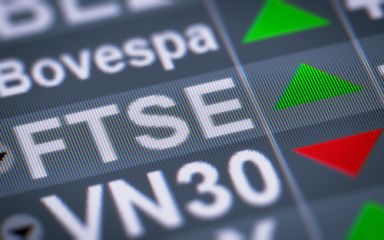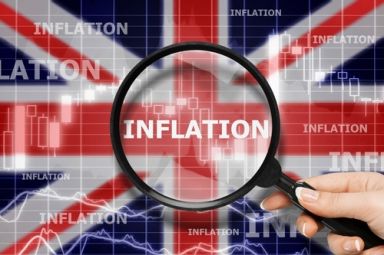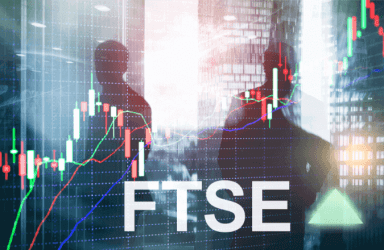UK 100
Our UK 100 platform represents a UK stock market index which tracks the performance of the top 100 blue-chip companies listed on the London Stock Exchange. It uses a market capitalisation weighting system, meaning its most capitalised constituent companies appear higher in the index and have more of an influence over the overall index price. However, liquidity, free float and eligibility criteria are some other factors that can determine the order of companies within the list.
As a closely-followed index, the UK 100 is often seen as a proxy for UK stock market health and the domestic economy.
Some of the largest companies included in the UK 100 index at the time of writing are Royal Dutch Shell (RDSB), BP (BP), HSBC (HSBA) and Unilever (ULVR). Such companies are mainstays at the top of the index, although lesser-capitalised companies are more likely to change position in the index, or even drop out to be replaced by new stocks that have become sufficiently capitalised to join.
To learn more about the UK 100, you can visit our guide to trading the UK 100. To trade our UK 100 market, you can open an account with us – or practise trading the other indices markets on a demo account.
Trade UK 100 (UK100) CFDs
UK 100 (ticker: UK100) is an index that reflects the performance of a selected group of shares, usually tied to a specific market, region or sector. On Capital.com, it’s available to trade as a contract for difference (CFD), allowing you to speculate on price movements without owning any of the underlying shares. This means you can trade in either direction – rising or falling – depending on your view.*
*CFDs are traded on margin, leverage amplifies both profits and losses.
UK 100 price today
The index is quoted in £ and is currently trading around 9998.4.
Live price overview
Here’s an overview of the current UK 100 price and its recent trading ranges.
- Daily range: 9896.3 – 10052.2
- Daily movement: +65.9 (+0.6546)
- Weekly range: 9854 – 10052.2
- Monthly range: 9607.5 – 10052.2
- Yearly range: 7532.5 – 10052.2
Why trade index CFDs on the price of UK 100 with Capital.com?
Capital.com provides a technology-driven trading experience that supports informed decision-making.
Advanced charting and analysis
Use interactive tools to study the UK 100 price chart in detail.
- Access 100 technical indicators
- Choose from 12 chart types
- Analyse fast, intuitive charts powered by industry-leading tools
Wide market offering
Join over 787 global traders and explore more than:
- 4,000 stock CFDs
- 60 commodity CFDs
- 30 index CFDs
- 120 forex pairs
User-rated platforms
- TradingView rating: 4.8
- App Store rating: 4.7
- Google Play rating: 4.6
- Trustpilot score: 4.6
What influences the price of UK 100?
The UK 100 (UK100) price may be influenced by various market factors, including:
- Performance of the companies within the index
- Macroeconomic indicators such as GDP, inflation, and employment data
- Central bank policy decisions
- Broader market sentiment and risk appetite
- Geopolitical events or global news
UK 100 forecasts
UK 100 forecasts commonly focus on news, sector updates, and broader market conditions rather than fixed price targets. Traders can combine technical analysis with fundamental insights to form expectations about future price movement.
Instead of relying on a single prediction, many traders monitor ongoing analysis and real-time data to adapt to changing market conditions.*
*Analyst forecasts are often inaccurate and past performance isn’t a reliable indicator of future results.
How to trade UK 100 index CFDs
Trading index CFDs allows you to speculate on price direction without owning the underlying shares:
- Go long (buy) if you think the index may rise
- Go short (sell) if you think it may fall
As CFDs use leverage, both gains and losses are magnified.
Risks of trading index CFDs
CFD trading carries a high level of risk. Key risks include:
- Market volatility
- Leverage amplifying losses as well as profits
- Potential funding costs for overnight positions
- No ownership of any underlying assets
Latest indices articles



